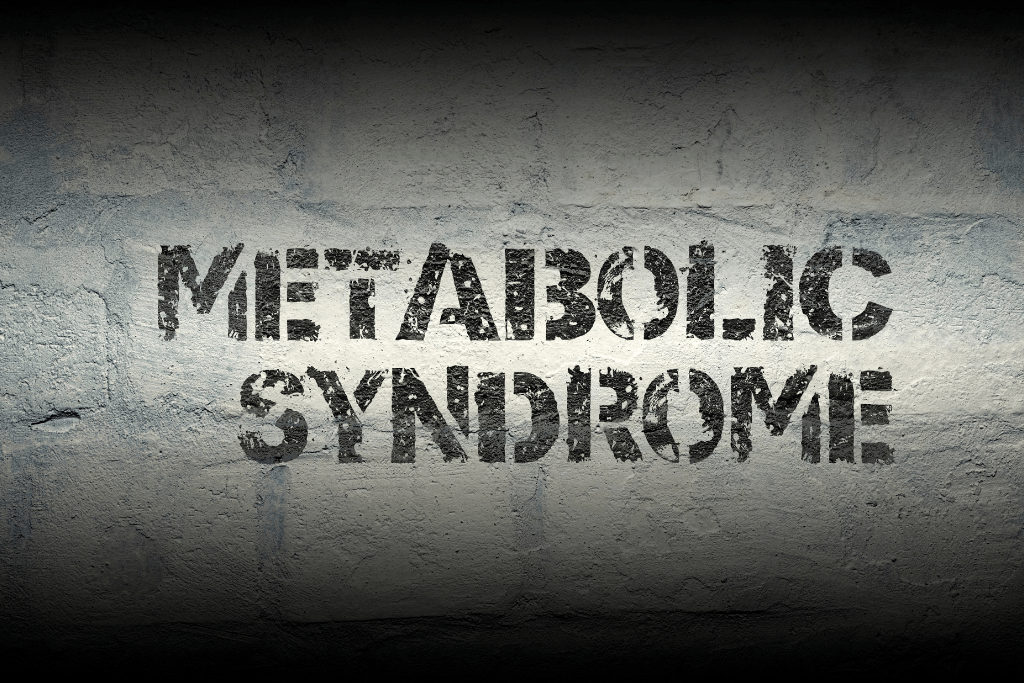If you’ve ever sat in a doctor’s office, nodding along as they mentioned Metabolic Syndrome without really taking it in, you’re not alone. Many people hear the term and assume it’s something far away — something for “later”. But Metabolic Syndrome isn’t a single diagnosis. It’s your body’s quiet nudge, a subtle “hey, something’s off”, long before symptoms force your attention.
Think of it like a dashboard warning light. It doesn’t mean the engine has failed, but it is telling you to lift the bonnet and take a look before bigger issues appear.
Metabolic Syndrome is defined by a cluster of factors — abdominal fat, high blood pressure, insulin resistance, and unhealthy cholesterol — that together set the stage for conditions like heart disease, stroke, and type 2 diabetes. According to the CDC, more than one in three adults in the United States lives with Metabolic Syndrome, often without realising it. The good news? Your daily habits hold more power than you might imagine.
Let’s unpack what’s really going on — and how you can take back control with small, meaningful changes.
What Really Causes Metabolic Syndrome? (And Why It’s So Common)
Metabolic Syndrome doesn’t appear overnight. In many ways, it’s a reflection of the world we live in. Long commutes. Hours at a desk. Meals grabbed in the margins of a busy life. Stress that doesn’t fully switch off at the end of the day.
You might recognise pieces of this in your own routine — many of us do.
Here’s what’s at the heart of it:
- Visceral fat (belly fat): This isn’t the soft pinch under your skin. Visceral fat sits deep around your organs, quietly fuelling inflammation.
- Too little movement: When you spend most of the day sitting, your metabolism slows and your body struggles to use energy efficiently.
- Ultra-processed food patterns: Sugary drinks, takeaways, and low-fibre meals create a short-term energy spike — followed by blood sugar dips and cravings.
- Poor sleep and constant stress: Late nights and high pressure raise cortisol levels, which can push your body towards insulin resistance.
Other factors: Conditions like PCOS and habits like smoking further increase risk.
Doctors explain that visceral fat is metabolically active. It behaves more like an organ than a passive store of energy, releasing signals that disrupt your body’s normal rhythm. Over time, insulin becomes less effective, blood sugar rises, and your risk of chronic conditions climbs.
Spotting the Early Signs of Metabolic Syndrome
One of the tricky parts? Metabolic Syndrome whispers, it rarely shouts. You might feel “just a bit off” or perhaps nothing at all.
Typical early signs include:
- A growing waistline: Clothes feel tighter around the middle.
- Feeling unusually tired after meals: A sign your blood sugar may be rising.
Creeping blood pressure readings: Not alarming, just slowly edging upward.
Clinicians typically diagnose Metabolic Syndrome when three or more criteria are present — from elevated triglycerides to increased fasting glucose. But even if you have just one or two, it’s worth paying attention now rather than later. Early patterns can become future problems if ignored.
Why Metabolic Syndrome Matters More Than You Think
It’s easy to assume Metabolic Syndrome is simply about weight — but that’s only part of the story. The real issue lies beneath the surface.
Left unchecked, Metabolic Syndrome can lead to:
- Type 2 diabetes
- Heart disease
- Stroke
- Kidney and liver complications
Increased risk of certain cancers
Research shows that people with Metabolic Syndrome are twice as likely to develop heart disease and five times more likely to develop type 2 diabetes. These numbers aren’t meant to scare you — they’re meant to highlight just how much opportunity there is to intervene early.
How to Prevent or Reverse Metabolic Syndrome
Here’s the empowering part: Metabolic Syndrome is often reversible. Many people find that once they start making small adjustments, they feel improvements sooner than expected — clearer energy, steadier moods, better sleep.
You don’t need an overnight overhaul. Start small. Build gently.
Here are five habits that shift the needle:
- Upgrade your plate, one meal at a time: Add more colour. Swap out one processed snack for whole foods. The Mediterranean-style approach — vegetables, legumes, fish, nuts, olive oil — is supported by strong research.
- Move daily (in ways you enjoy): A brisk walk, dancing around the living room, a bike ride with a friend — it all counts. Aim for 30 minutes on most days.
- Protect your sleep: Those 7–9 hours aren’t a luxury. Good sleep helps regulate hunger hormones and supports insulin sensitivity.
- Manage stress with intention: Five quiet minutes, a breathing exercise, stepping outside for fresh air — small reset moments bring your system back into balance.
Reduce smoking and alcohol: Even modest reductions can lower inflammation and improve metabolic markers.
If you’ve already been diagnosed, medication may play a role — but lifestyle change remains the cornerstone of long-term success.
The Takeaway
Metabolic Syndrome isn’t fate. It’s a message — a timely one — reminding you that your choices still matter, and that your health story can shift at any moment.
Start with one gentle change. Then another. Over time, those steps build the foundation for a healthier, more energised future.
Your body has been signalling for your attention. Now is the perfect moment to listen.



